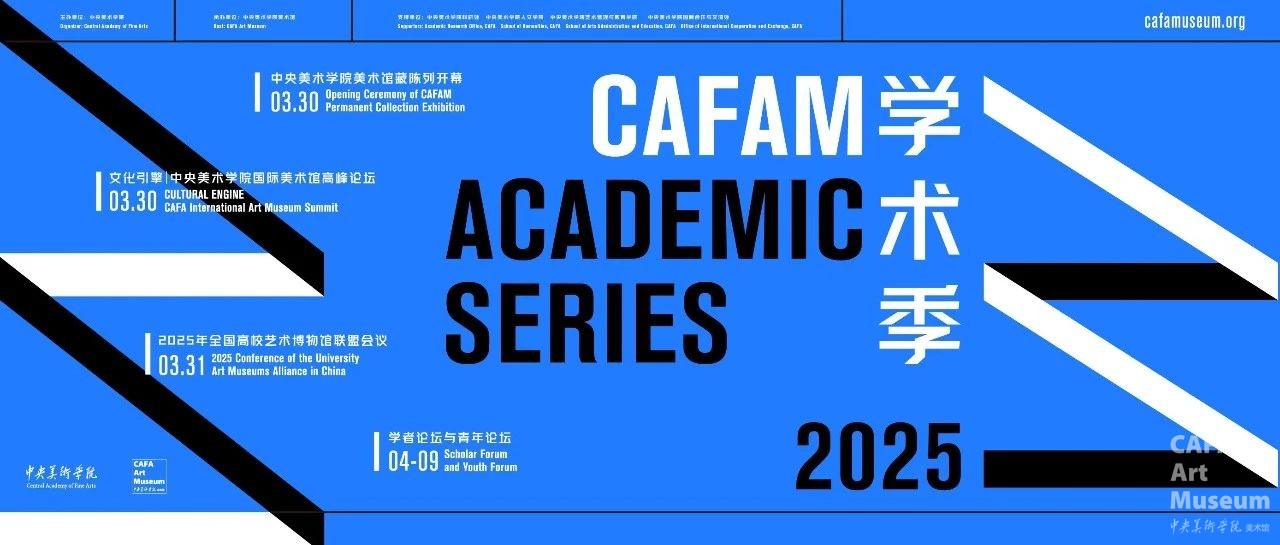

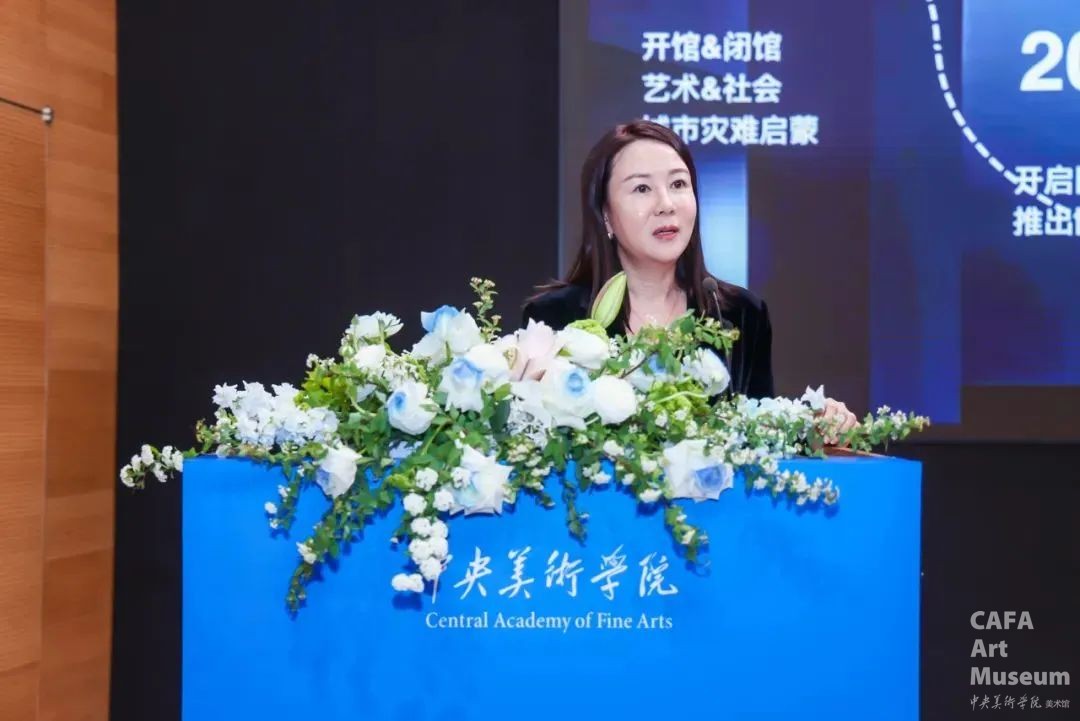
Sun Li, Director of A4 Art Museum, Chengdu
「
In Director Sun Li's speech, taking the development process and practical experience of A4 Art Museum as the core, she deeply explored how private art museums can find a balance and development between locality and internationality, providing extremely valuable references and inspirations for the art museum industry.
」
1.
Overview of the Art Museum
And Development History
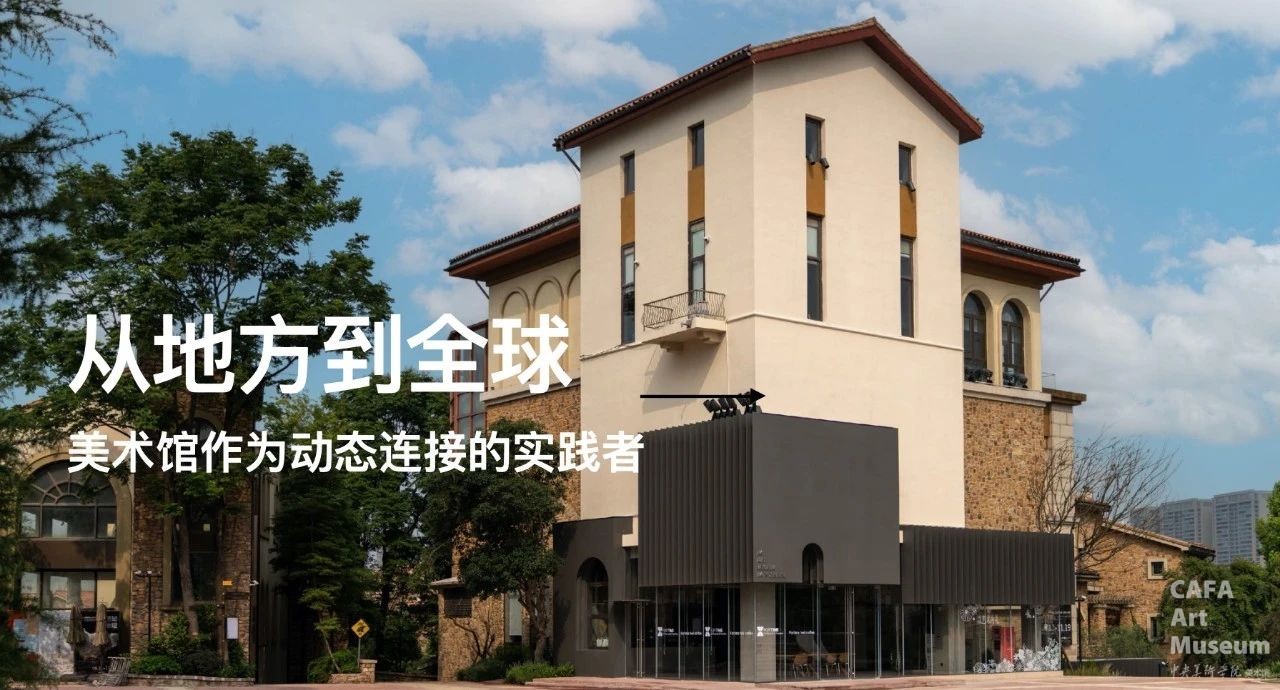
As a private non-profit art museum, A4 Art Museum was founded in 2008. As the founding director, Sun Li has personally experienced and promoted its 17-year development. Since 2000, private art museums in China have entered a stage of rapid development, mostly backed by real estate investment. However, at its inception, A4 Art Museum keenly perceived the structural changes in the art market and ecosystem, committing to exploring a unique museum operation model in Chengdu, a non-first-tier city.
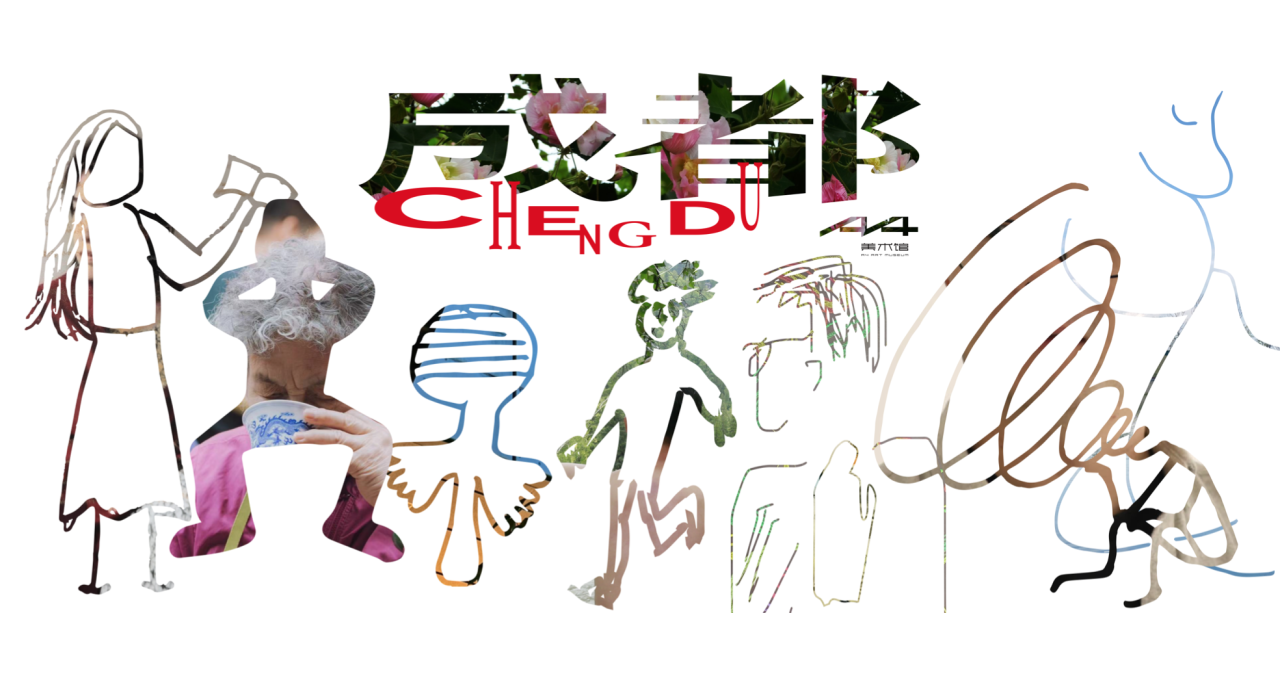
The development process of A4 Art Museum is divided into three stages. From 2008 to 2016, the museum focused on the experimental and avant-garde creations of young artists, providing a display platform for emerging artistic forces to help their growth and development. After relocating to the Luhu Art Exhibition Center in 2016, the museum shifted its focus to social and public openness, actively expanding interaction and communication with the public to enhance its social influence. In 2023, the relocation of A4 Art Museum to a new venue marked its entry into a new development stage. It has gradually evolved from a comprehensive museum into four professional institutions: A4 Art Museum, Children's Art Museum, A4 Art Center, and International Residency Art Center, achieving in-depth development and systematic construction of professional capabilities. With its unique development model and professional strength, A4 Art Museum has won the Global Most Beautiful Art Museum Award at Art Basel France, becoming the only Chinese institution to receive this honor, which demonstrates its influence and recognition in the international art field.
2.
Exploration of the Integration of Locality and Internationality
Director Sun Li emphasized A4 Art Museum's in-depth exploration in local creative practices. In 2023, the museum launched a urban cultural research project focusing on Chengdu. Through eight different cultural dimensions—including music, poetry, video, visual art, architecture, and lifestyle aesthetics—it deeply analyzed why Chengdu has attracted numerous young people and creators to settle and develop since the reform and opening-up period. The project not only transformed cultural phenomena into visual exhibitions but also promoted cultural understanding and communication between long-time and new Chengdu residents through diverse public education activities and local discussions, attracting a large number of local audiences and expanding the museum's audience base.
Furthermore, A4 Art Museum plans to launch the second phase of its urban cultural research exhibition, Chengdu Hip-Hop, on May 30, 2025. Focusing on the influence of street culture and hip-hop on youth subculture, the exhibition will further explore the connotations of local culture and drive the innovative development of indigenous culture and art.
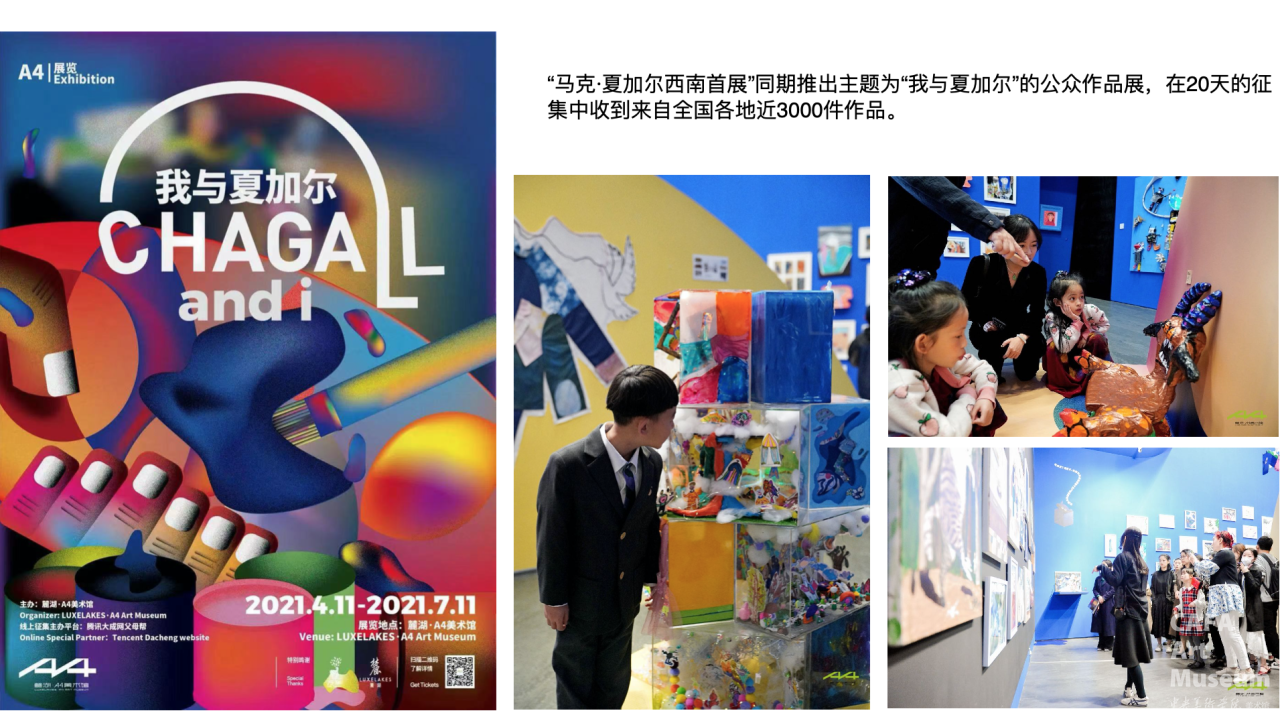
In terms of international projects, A4 Art Museum is committed to promoting dialogue and exchange between internationally renowned artists and local audiences. For example, during the Chagall exhibition, the public exhibition "Me and Chagall" was launched simultaneously, collecting more than 3,000 public works which were displayed alongside over 100 original artworks by the artist, enhancing the public's sense of participation and experience in art. In Shinji Ohmaki's solo exhibition "Light of Aura", public education activities such as meditative painting and professional interpretations were carried out to facilitate deep connections between the artist and local audiences. The exhibition "Echoes of the Universe" by Chiharu Shiota was closely integrated with a children's art festival, collecting the wishes of 5,000 children in Sichuan and integrating them with the artist's works, achieving a perfect fusion of international art and local culture, and enabling international projects to truly take root and resonate with local audiences.
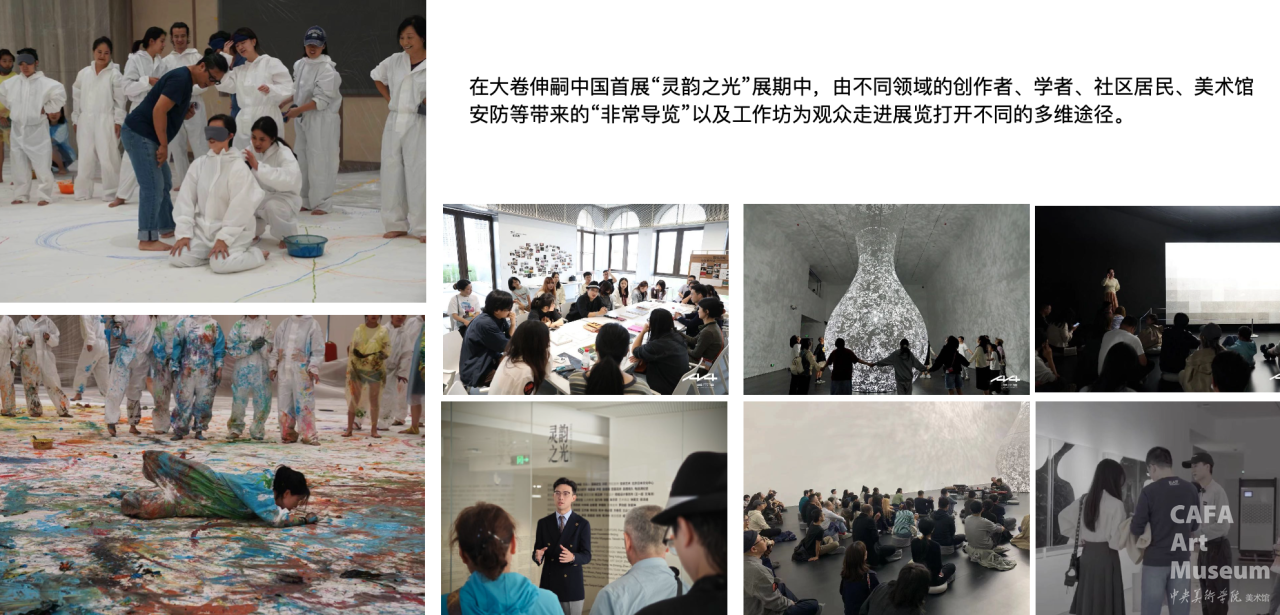
3.
Supporting Artists
Local Creation
and Public Participation
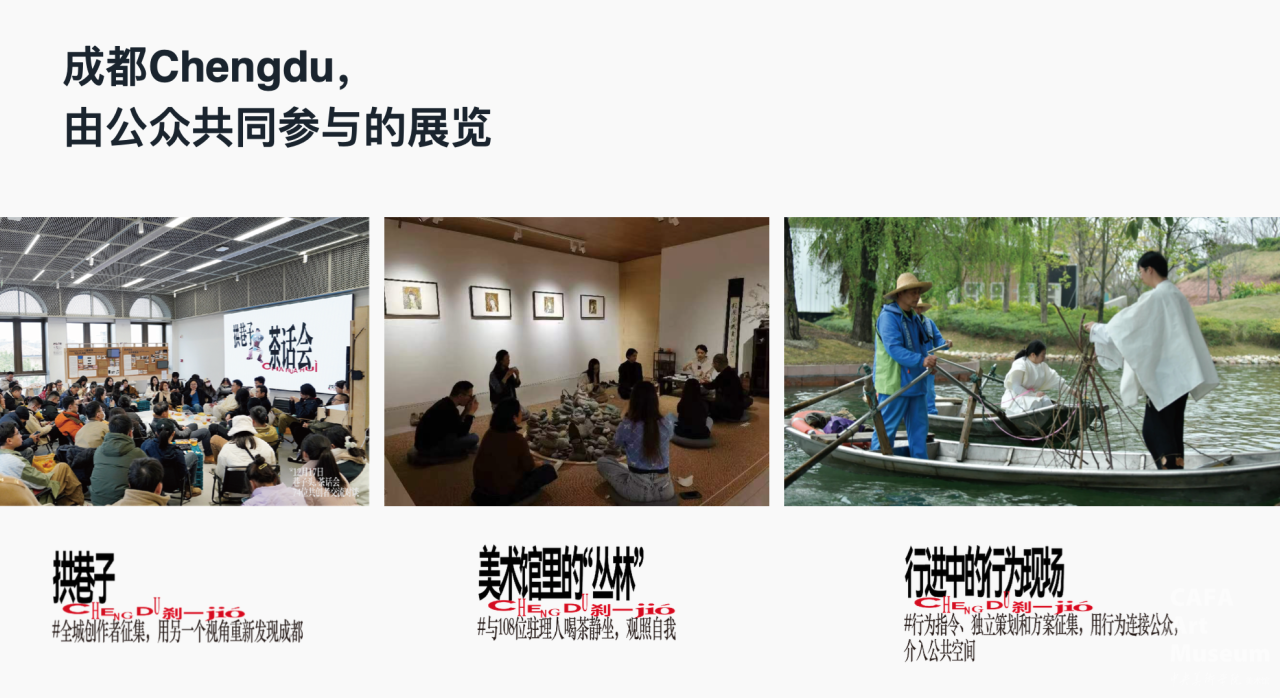
A4 Art Museum actively supports the creation and development of local artists in Chengdu, providing them with diversified exhibition and project support. For example, artists such as Feng Li, He Liping, Shuaruo Shizhu, and Zhou Bin have all held solo exhibitions or long-term projects at A4 Art Museum. Through professional curation and resource support, the museum helps local artists improve their creative standards and social influence, promoting the prosperous development of the local art ecosystem.
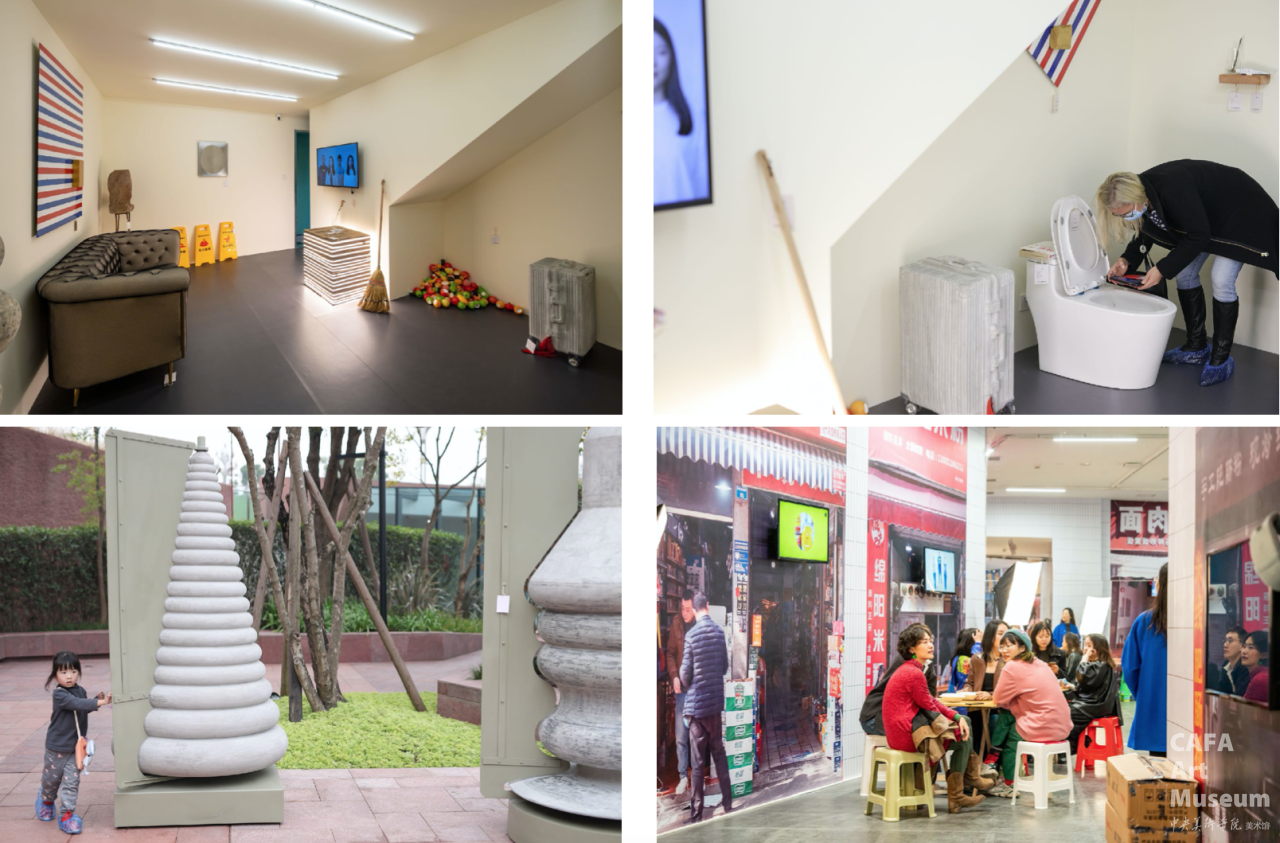
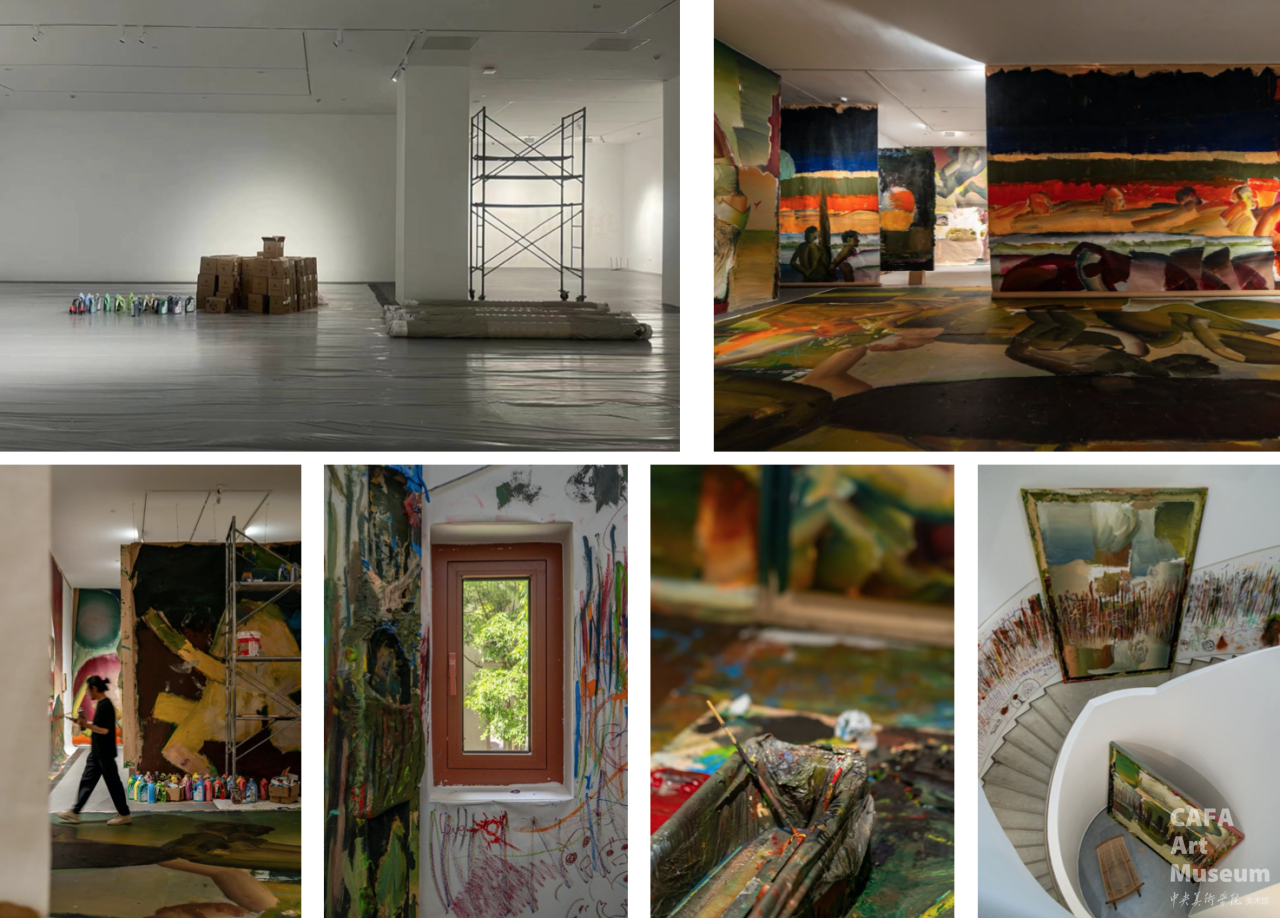
A4 Art Museum focuses on transforming audiences from mere visitors into constructors of culture and art. Through the Community Curator Program, it recruits non-professionals to participate in curatorial practices, enabling them to raise new questions, solve practical problems, and plan related exhibitions and activities through curriculum learning, practical participation, and other means. The program has lasted for five years, achieved good community results, and realized the deep integration and collaborative development between the museum and the community.
In addition, the Artist Residency Program of A4 Art Museum also has unique characteristics. Since 2011, it has accepted more than 30 groups of artists from all over the world every year. Despite the large number of applications, the museum carefully selects and provides in-depth creative support for artists. The Artist Residency Program is closely integrated with the community. Through the Super Agent Model, community residents, urban builders, and artists form pairs to jointly participate in creation and community activities, integrating artistic creation into daily community life, and extending the influence of the museum from professional art spaces to a broader public domain.
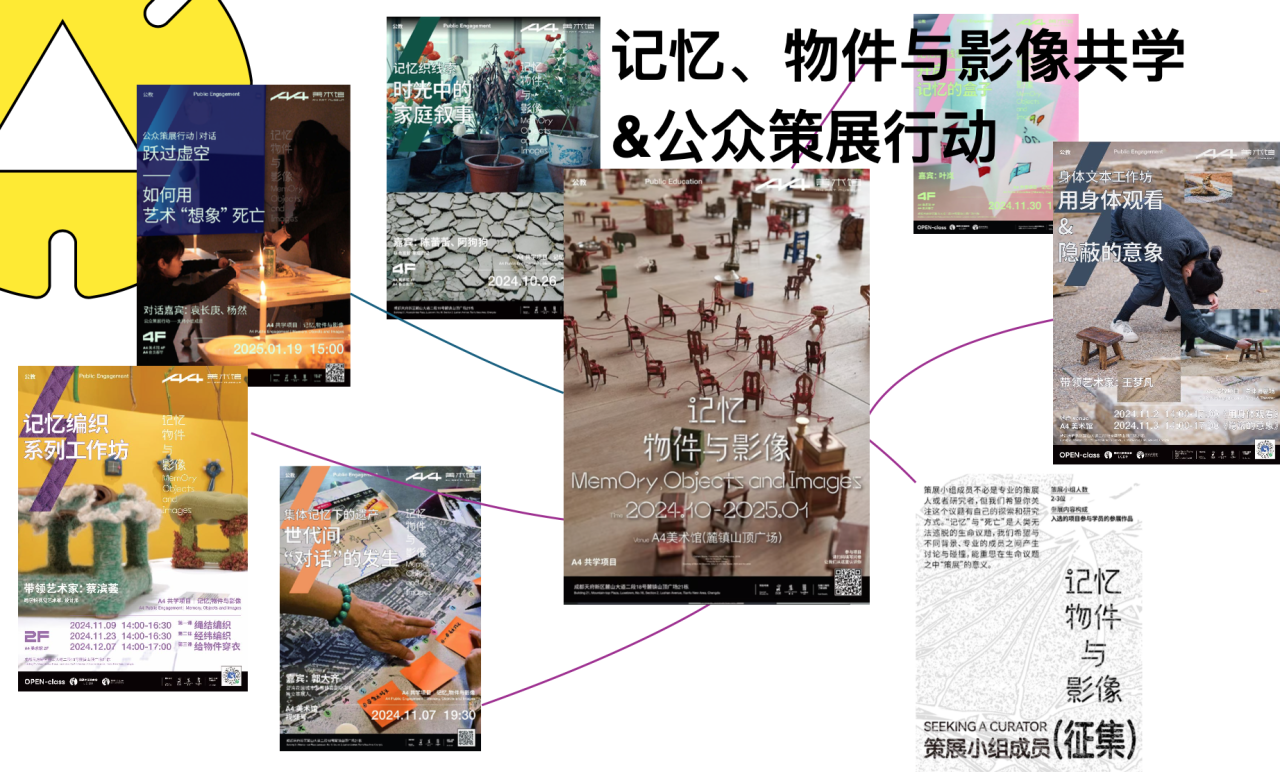
4.
Public Education
and Community Engagement
of the Art Museum
A4 Art Museum attaches great importance to public education. While organizing more than 20 exhibitions each year, its four professional institutions also carry out over 500 public programs and activities. These activities feature rich and diverse content, covering different fields and audience groups. Through these initiatives, the museum not only disseminates art knowledge, but also focuses on stimulating the public's creativity and participation enthusiasm, promoting interaction and communication between the public and art, and enhancing the public's artistic literacy and aesthetic standards.
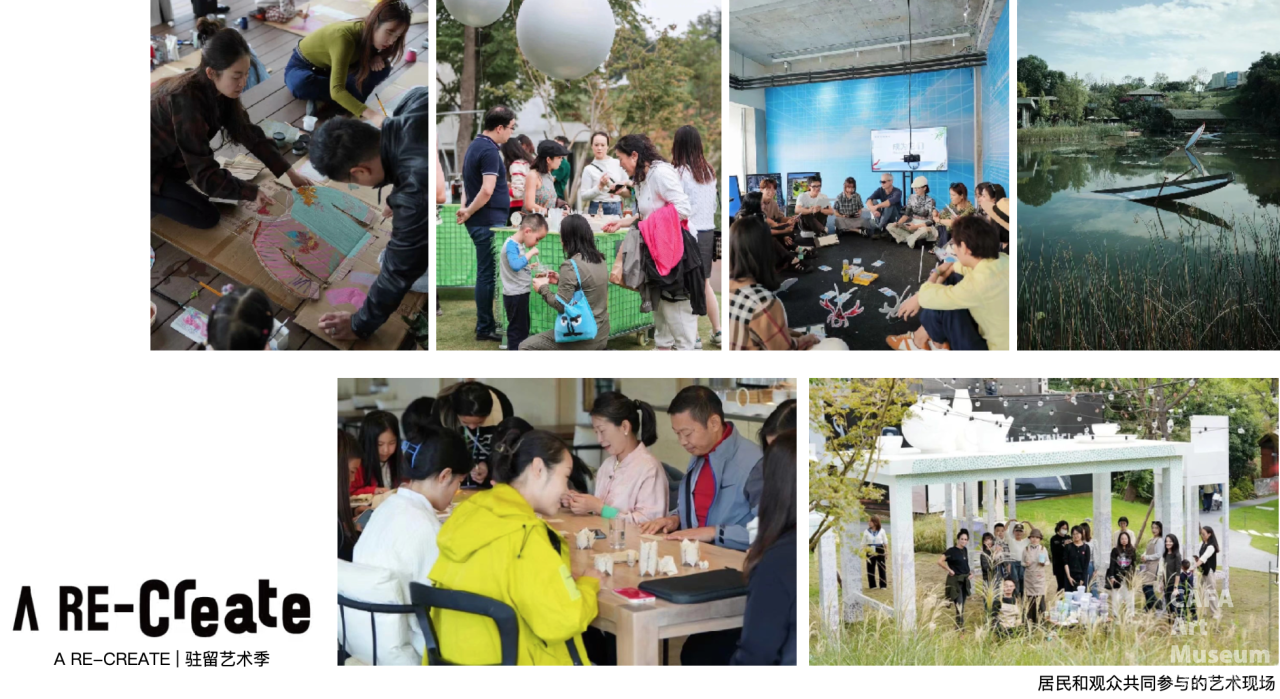
A4 Art Museum is committed to building deep community connections, transforming audiences into participants, and enhancing the public's sense of identity and belonging to the museum. Through the Children's Art Festival project that has lasted for many years, as well as in-depth dialogues and collaborations with various communities, the museum has established close ties and formed a good interactive relationship with the public. Such community connections not only enhance the museum's social influence but also provide a solid social foundation for the dissemination and development of culture and art.
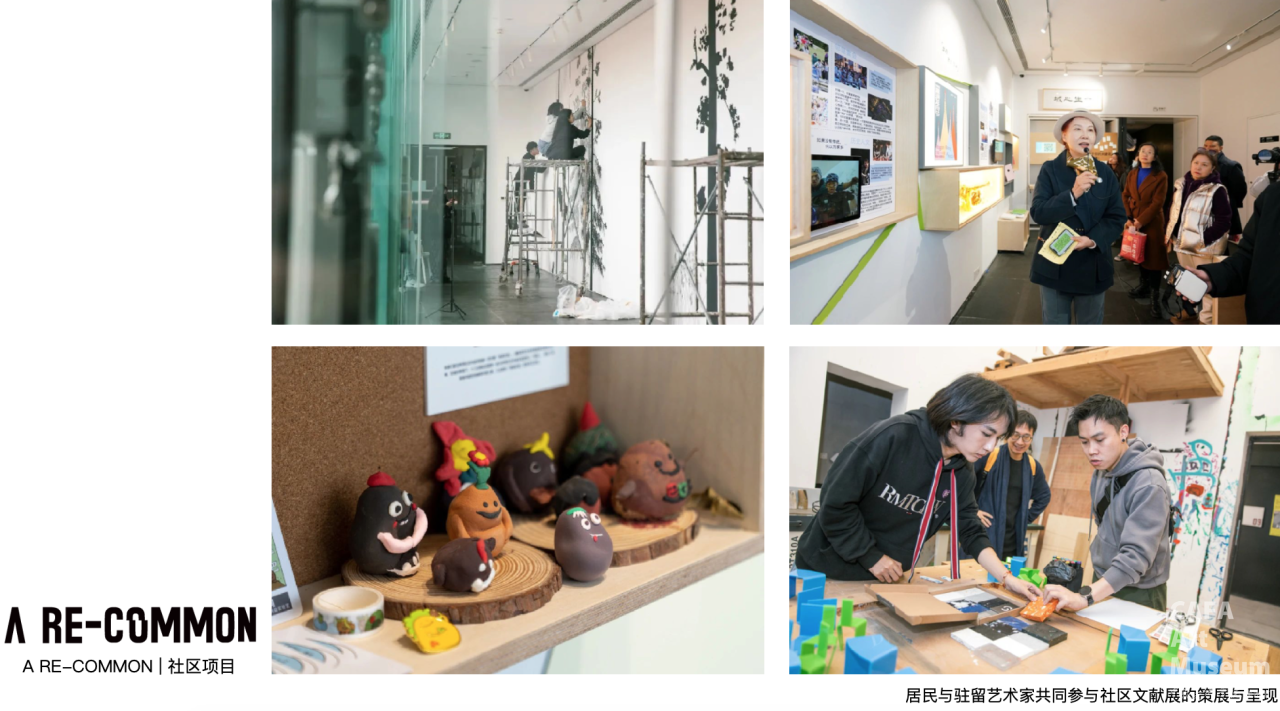
5.
Future Outlook
and Industry Insights
The speech by Director Sun Li not only reviewed the development history and practical experience of A4 Art Museum, but also looked forward to its future development direction. A4 Art Museum will continue to adhere to the integrated exploration of locality and internationality. Through urban cultural research, international project expansion, support for artists' local creation, public education, community connection and other aspects of work, it will promote the collaborative development of local artistic creation and international expression, and is committed to becoming a super-link platform for people and culture and art, so that the art museum can truly become a cultural and artistic space loved by people.
The practices of A4 Art Museum have offered valuable experience and inspirations to the private art museum industry. In non-first-tier cities, art museums can build unique cultural brands and operational models by deeply exploring local cultural resources and integrating international artistic visions. Meanwhile, emphasizing public participation, community engagement, and public education can effectively enhance the social influence and public recognition of art museums, and promote the popularization and development of culture and art. Furthermore, the professional and systematic development of art museums, together with in-depth cooperation with artists, communities, the public, and other stakeholders, constitutes the key to achieving sustainable development.
Introduction of Guest Speakers
-
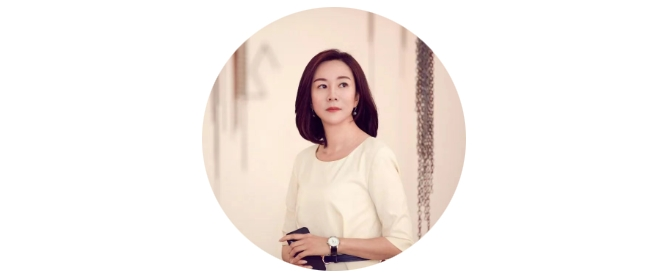
Sun Li
Director of A4 Art Museum, President of the Public Art Association of Chengdu and the Special Committee on Art Museum Studies, Vice President of the Talent Development Promotion Association of Tianfu New Area, Chengdu, Director of the Cultural and Creative Exhibition Special Committee of the Talent Development Promotion Association of Tianfu New Area, Chengdu, Master of International Business Management from the University of Wales, UK. Currently works and lives in Chengdu.
∨
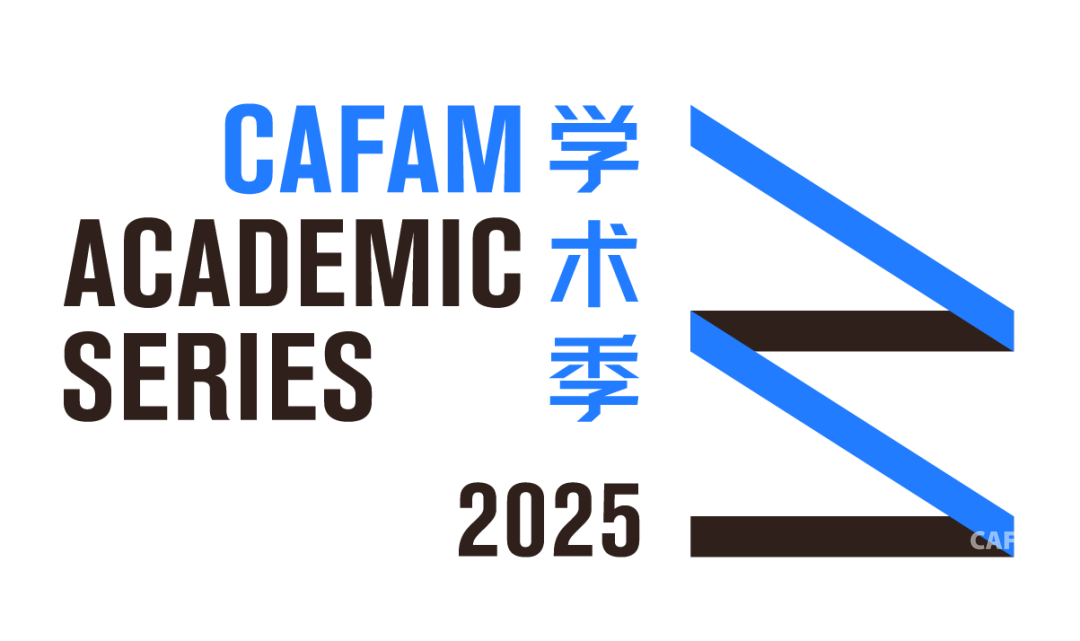
Editor-in-Chief / He Yisha
Editor / Du Yinzhu
On-site Photos / He Yifei
Text Compilation / Xu Xi
